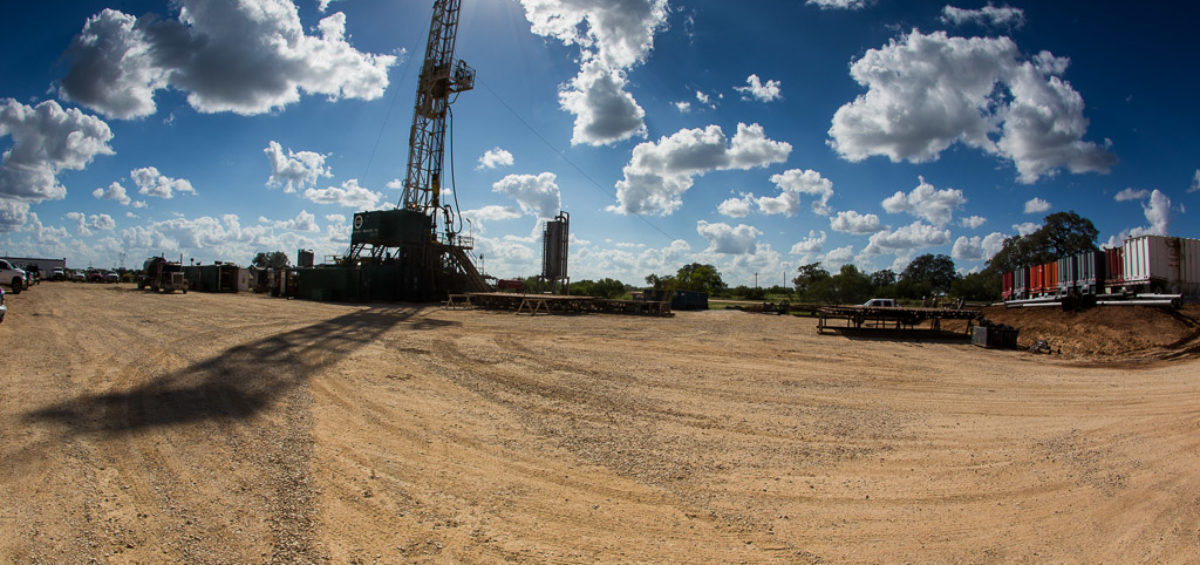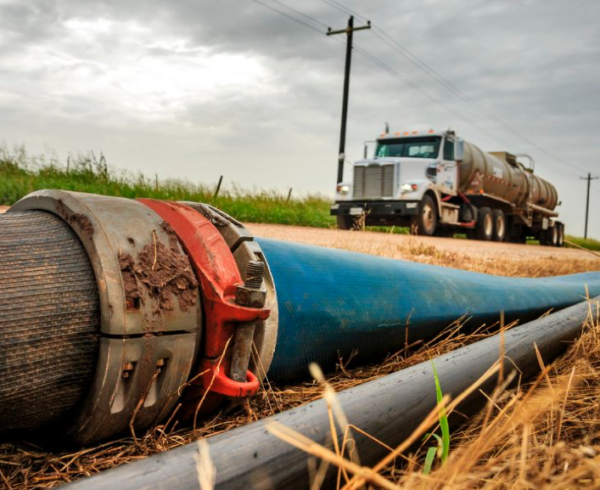In the latest issue of Shale Play Water Management Magazine, EnergyMakers AG CEO Laura Capper reviews the necessary role of Underground Injection Control (UIC) wells for oil and gas production—and the capacity concerns that are emerging as a very real issue.
As rig counts and production rates rise in prolific oil and gas regions like the Permian Basin, the industry will have to deal with growing water challenges—where to source suitable water supplies and how to manage the costs and logistical complexity of greater volumes of produced water.
EnergyMakers AG compiled a vast array of underground injection data, including mining through tens of thousands of disposal well-injection histories and assessing their risk profiles, all of which are presented in their comprehensive Underground Injection Risk Report.
Capper reviews several interesting takeaways from this report, including:
• The two major types of risk to capacity diminishment, seismic activity and formation health, share some risk factors such as injection rate, pressure deltas, transmissivity and cumulative volume. However, many of the risk factors are unique to one or the other and have to be evaluated independently.
• There exists a “seismic soup” of causes that can contribute to seismic events, but predicting seismicity risks and pinpointing an event to any cause(s) is tricky. While the industry uses more sophisticated techniques to evaluate old seismic data, there is still much to learn before we can accurately predict the occurrence of an event.
• Fluids don’t have to move to an energized fault to bring about an earthquake. Pressure perturbations can move great distances through a formation and at high speeds, meaning that the location of the fault slip where an earthquake occurs might be a considerable distance from the source.
• The focal point where an earthquake occurs, commonly known as the epicenter (and more precisely, as the hypocenter), cannot be located with pinpoint accuracy. Thanks to several unknowns about the geology and configuration of the subsurface, coupled with the inherent margin of error with seismic monitoring networks, the true location of the epicenter can be many miles away from where we think it is.
• Injection-related induced seismicity is not limited to high-pressure formations alone. In seismic-prone areas, injecting above lower pressure formations might work against you when it comes to induced seismicity.
The article also highlights an unusual, but observable, relationship between injection volumes and bottomhole pressures (BHPs) in some injection formations. If a formation behaved as a truly closed vessel, one would expect an increase in injection volumes to bring about an increase in BHP. Similarly, a decrease in volume should translate to a decrease in pressure. But in some formations, the Underground Injection Risk Report finds an inverse relationship between pressure and volume. An increase in volume with a corresponding decrease in pressure suggests that the formation has lost-circulation zones or other pathways that allow fluid and pressure to move away from the injection well. Conversely, a decrease in volume with an increase in pressure might be the result of cumulative effects of injection—is the formation filling up to the point that continued injection could damage the formation?
Capper also reviews the methods that EnergyMakers AG developed to display data for visualization of pressurization trends. Such methods serve as an early-warning system for formations that are becoming overpressured or are underpressured (suggesting that the injected fluids are migrating away from the well).
Capper wraps up by saying that water disposal risks can be minimized and managed by getting proactive. Long-term planning should include more self-monitoring of injection well volumes and pressures, more water reuse and recycling efforts, building more water pipelines and establishing optionality and redundancy within an interlinked SWD network, to name a few.
And if you are unsure of the relative risk level of the injection wells in your producing region, the Underground Injection Risk Report is a great place to start. Visit the EnergyMakers AG website to learn more and order your own copy of this invaluable resource.



